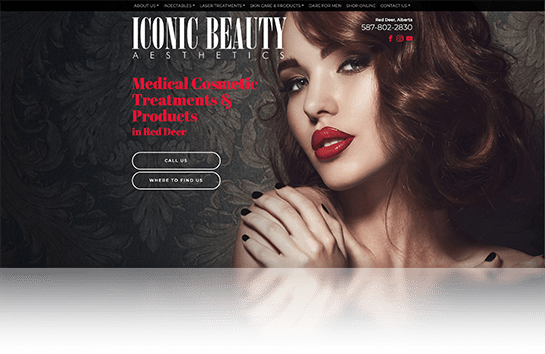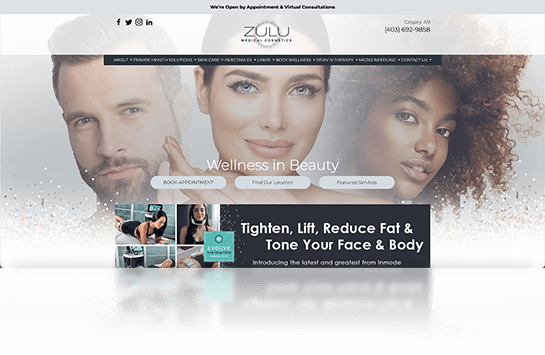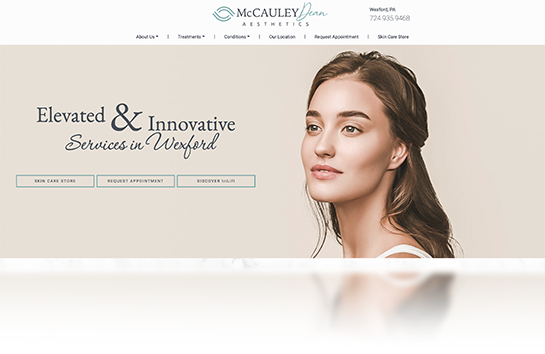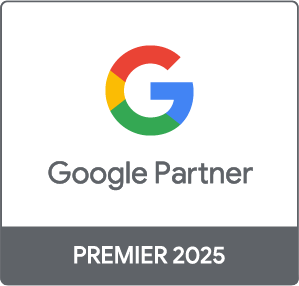As a medical aesthetic practitioner or medspa owner, it is essential to have a pricing model that benefits your business and provides value for your patients. The right pricing model can be the difference between success and failure in the competitive aesthetic industry.
There are several pricing models available, including hourly rates, package pricing, and membership programs. Each has its advantages and disadvantages, and choosing the right one for your business can be a challenge. In this blog post, we will discuss the different pricing models available and how to choose the right one to maximize your medspa’s revenue and retention.
Hourly Rates
Hourly rates are the most straightforward pricing model to implement. You charge your patients an hourly fee for the treatments they receive.
While this model is easy to understand, it can create uncertainty for your patients, and it doesn’t encourage repeat business. Patients may feel like they are being charged for every minute spent with their practitioner, which can cause anxiety and prevent them from coming back. This pricing model can be useful for initial consultations or short treatments that require little time but may not help you build a long-term relationship with your clients.
Advantages of Hourly Rates
- Simplicity: Hourly rates are straightforward and easy to understand for both the provider and the patient, requiring no complex calculations.
- Fair Compensation: This model ensures that practitioners are paid adequately for their time and expertise.
- Flexible: It allows flexibility in service provision, as different treatments can be priced according to the time and skill they require.
- Transparency: Hourly rates make it clear to the patient what they are paying for, which can build trust in your pricing model.
- Ideal for Initial Consultations or Short Treatments: Short or one-off treatments, such as initial consultations or quick procedures, are ideally suited to an hourly rate structure.
- Easy to Implement: This pricing model is easy to set up and manage, making it an excellent choice for new or smaller businesses.
Disadvantages of Hourly Rates
- Client Uncertainty: Hourly rates can cause clients to feel uncertain about the final cost of their treatment. This can create anxiety and discourage them from booking additional services or returning for future treatments.
- Lack of Incentives for Long-Term Relationships: This model doesn’t encourage repeat business or foster long-term relationships with clients, as it doesn’t offer any incentive for clients to return for more treatments.
- No Reward for Efficiency: If practitioners become more efficient and can perform treatments in less time, they could potentially earn less under this model, which doesn’t incentivize efficiency.
- Dissuades Lengthy Treatments: Lengthy, comprehensive treatments may not be as appealing to clients due to the higher cost associated with longer time frames.
- Lower Predictability of Income: With this model, income can be more unpredictable as it depends directly on the number of hours worked.
Package Pricing
Package pricing is a popular and effective pricing model. You offer your patients a package of treatments at a fixed price, often providing them with a discount for purchasing the package upfront.
This model encourages repeat business, as patients are incentivized to use all the treatments they have prepaid for. Package pricing also allows you to control the volume of business you do at different times of the year, as you can offer discounts for underutilized packages. Package pricing is an excellent choice for practitioners with a set number of treatments that patients typically want and those who want to encourage loyalty and repeat business.
Advantages of Package Pricing
- Customer Loyalty: Package pricing encourages repeat business as clients are more likely to return to use the treatments they’ve already paid for.
- Predictable Revenue: When patients purchase packages, you can more accurately predict your revenue, improving your ability to budget and plan for the future.
- Cash Flow: Upfront payments for package deals can improve your cash flow, providing a level of financial security.
- Increased Treatment Commitment: Patients who have purchased a package of treatments are more likely to commit to the entire course of treatment, which can lead to better results and customer satisfaction.
- Marketing Opportunities: Packages can be easily promoted and marketed as gifts or special promotions, making them a versatile tool for attracting new customers.
- Flexibility: Packages can be customized to include different types of treatments, providing flexibility for both the practitioner and the patient.
- Volume Control: By offering discounts on certain packages during less busy times, you can better control the volume of your business throughout the year.
- Greater Perceived Value: A package of treatments often presents greater perceived value to the patient, as they can benefit from a ‘bulk buy’ discount.
Disadvantages of Package Pricing
- Financial Risk: If a client doesn’t complete all the treatments in their package, you may lose money. This risk is especially high for treatments that are expensive or require a lot of practitioner time.
- Reduced Flexibility for Clients: Patients who buy a package of treatments are committing to a particular service and may not have the flexibility to change to a different treatment if their needs or preferences change.
- High Upfront Cost: The upfront cost of a treatment package can be high, which may deter some patients from choosing this option. This can be especially true for new clients who are not yet sure of the value of your services.
- Complexity: Managing packages can be more complex than other pricing models, as you need to track the number of treatments each client has left and whether they have used their treatments within the package’s expiry date.
- Limited Appeal: Package pricing may only appeal to clients who are ready to commit to a set number of treatments. Potential clients who prefer to pay as they go or who are unsure about committing to multiple treatments may be turned away.
- Inconsistent Income: Although package pricing can provide an upfront boost to your revenue, it may lead to periods of low income between package purchases.
- Depreciation Over Time: The perceived value of a package may depreciate over time if it is not used up quickly. Clients may feel like they are getting less value the longer they wait to use their prepaid treatments.
- Lower Perceived Value for Shorter Treatments: If your package includes shorter or less expensive treatments, clients may feel like they are not getting as much value from their package.
Membership Programs
Membership programs are the most involved pricing model on our list but can be the most effective. With membership programs, patients pay a monthly or yearly fee to become a member of your medspa. In return, they receive a set number of treatments or discounts on services offered.
This pricing model creates an ongoing revenue stream for your business while incentivizing patients to return for regular treatments. It also provides you with predictable revenue that can help with long-term planning and staffing. The downside of membership programs is that it can be challenging to convince patients to sign up and commit to ongoing treatments.
Advantages of Membership Programs
- Encourages Client Retention: Membership programs enhance patient loyalty and retention by offering them recurring benefits for a fixed fee.
- Predictable Revenue: Regular membership fees provide a steady and predictable income stream, assisting with budgeting and long-term planning.
- Consistent Client Engagement: With regular treatments and appointments, clients are more engaged and can achieve better results over time.
- Upselling Opportunities: Once patients are part of a membership program, there are numerous opportunities to upsell additional services or products.
- Creates a Community: Membership programs can foster a sense of community among patients, enhancing their overall experience and connection with your medspa.
- Increased Cash Flow: Regular membership fees can improve cash flow, providing financial stability.
- Value Perception: Clients often perceive memberships as a high value, as they typically offer discounts or exclusive benefits.
- Brand Loyalty: Memberships can cultivate stronger brand loyalty, as committed clients are more likely to recommend your services to others.
- Easier Appointment Scheduling: With regular clients, you can more effectively manage and optimize your appointment scheduling.
Hybrid Models
Many Medspa owners find that a hybrid pricing model, combining elements of hourly pricing, package pricing, and membership programs, works best for their business.
A hybrid model allows you to offer different pricing options depending on the treatment or service, providing flexibility for your clients. By combining some of the elements of the different pricing models, you can create a unique pricing structure that works for your business. It can also provide your patients with different options to suit their needs and budget.
Conclusion
Your pricing model is an essential aspect of your Medspa business. Each pricing model has its own set of advantages and disadvantages, and choosing the right one for your Medspa can be a challenge. Be sure to experiment with different pricing models until you find the one that works best for your business.
Don’t be afraid to try a hybrid model that incorporates the elements of different pricing models to suit your needs. Your pricing model should encourage repeat business, create value for your patients, and generate predictable revenue for your business. By choosing the right pricing model, you can master the art of patient sales and ensure the long-term success of your medspa.









